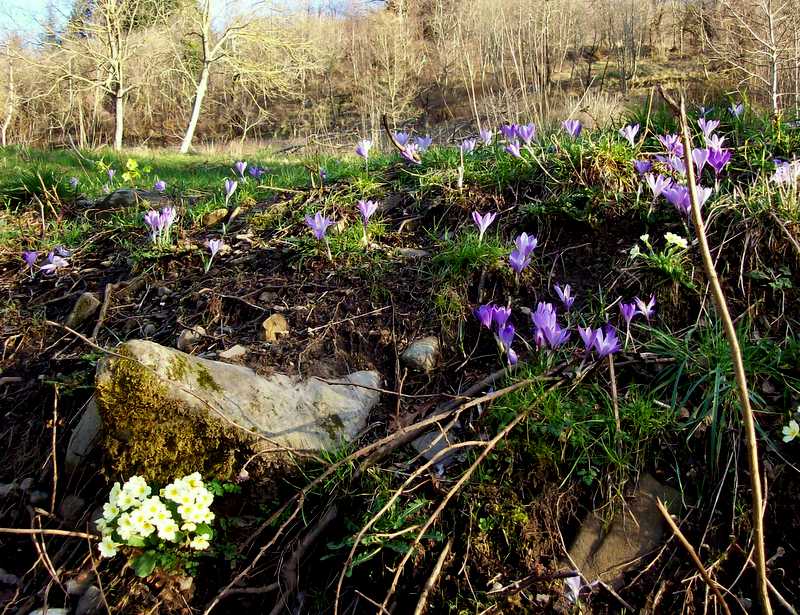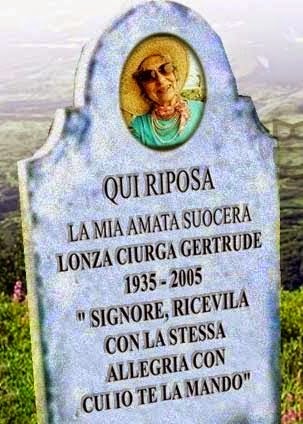Fiori Di Primavera Posted by Serena on Mar 15, 2017 in Uncategorized
All around us Spring is making its timid appearance. Meadows and roadside embankments are carpeted with flowers. Beneath the umbrellas of pale creamy ellebori (hellebores), bunches of delicate yellow primule (primroses) alternate with short bold purple crochi (crocuses).
Elleboro begins flowering from late December onwards, for this reason it’s also known as La Rosa di Natale (The Christmas rose). Despite its gentle appearance, the word Elleboro (hellebore) means cibo di morte (food of death) in Greek, and it is in fact a very toxic plant. It is believed that hellebore was used by the Greeks when besieging a city to poison the enemy city’s water supply. Greek philosophers used it to induce a hypnotic, meditative state, and to bring sense back to the mad. It’s said that elleboro was used to cure Hercules, who had been driven mad by the goddess Hera.
In medieval times, elleboro was allegedly used by witches to prepare a potion that rendered them invisible (now that might be useful!).
In Italian folklore, the contadini (peasant farmers) believed that by counting the number of hellebores growing on their orto (allotment) they could predict how the season would go.
Croco takes its name from the Greek Kròkos, meaning thread, a reference to the flower’s long, very noticeable stigmas.
In Greek mythology, Kròkos was a young man who loved the nymph Smilax, a love destined to end because he was mortal and she immortal. In memory of this impossible love the flower came to represent the “desiderio d’amore” (desire for love) and was used by the Greeks to decorate the tombs of those who died for love.
In popular medicine crocus bulbs are believed to cure a wide variety ailments, although if not used with care they can be dangerous due to their toxic qualities. However, harvested and dried, the stigmas of the autumn flowering crocus sativus, are used in a variety of culinary recipes, such as Risotto alla Milanese. You’ll recognise this fragrant spice by the name of zafferano (saffron). In Italy, crocus sativus are cultivated for the production of zafferano mainly in Abruzzo and Sardegna.
Primula comes from the Latin primus (first), because its flowers appear immediately after the disappearance of snow from the meadows.
The flowers and the leaves of the primula can be added to salads and vegetable soups, or used to make omelets, while the flowers can also be candied. The dried roots are used to make medicinal teas which have diuretic, expectorant and anti-rheumatic qualities.
The primula is also the symbol of rebirth, hope, youth and new beginnings, and for this reason it’s often presented to a new friend, or as a good luck symbol to a friend who is starting a new career.
Warning: never give a primula to your mother in law, especially if, despite all the evidence, she’s trying to look younger than you! 😉

Build vocabulary, practice pronunciation, and more with Transparent Language Online. Available anytime, anywhere, on any device.







Comments:
Eduardo:
Very nice and poetic note. Sorry because I couldn’t see, distinguish, the elleboro. Thanks a lot.
Cecilia:
Ciao Serena!
I had no idea that the saffron comes from this lovely flower! Sadly, I nave never seen it in Mexico. Purtroppo la primavera qui è molto differente che a Europa…